As a longtime hunter, landowner and natural resources professional, I still just don’t get why some hunters feel the need to bait areas with artificially made materials/substances to bring game animals in to a particular area to be harvested within the confines of our laws/regulations (for info on Nebraska’s new baiting laws/regulations with reference to hunting, click here.) Why? Is it because it involves minimal effort and is cheap? Is it because you saw the flashy advertisement for the product on the Internet or TV?
Baiting is such a one-dimensional, non-agricultural, non-natural approach that doesn’t help wildlife whatsoever. It is not biodiversity conservation and actually can cause harm due to the potential spread of diseases. I consider baiting a short-term enterprise. There is zero long-term benefit to the promotion of habitat enhancement and to overall wildlife where a person hunts. Why would a hunter pay the money and continually throw out bags of apples, dump buckets of corn, and put out livestock salt block licks and other gimmickry products or substances to attract deer, turkey and other game animals? Again, I ask you, why?
Wildlife food/cover plots on the other hand are the way to go! Planting and hunting over wildlife food/cover plots is a legal practice in Nebraska. These can provide food and shelter to many species of wildlife throughout the year.
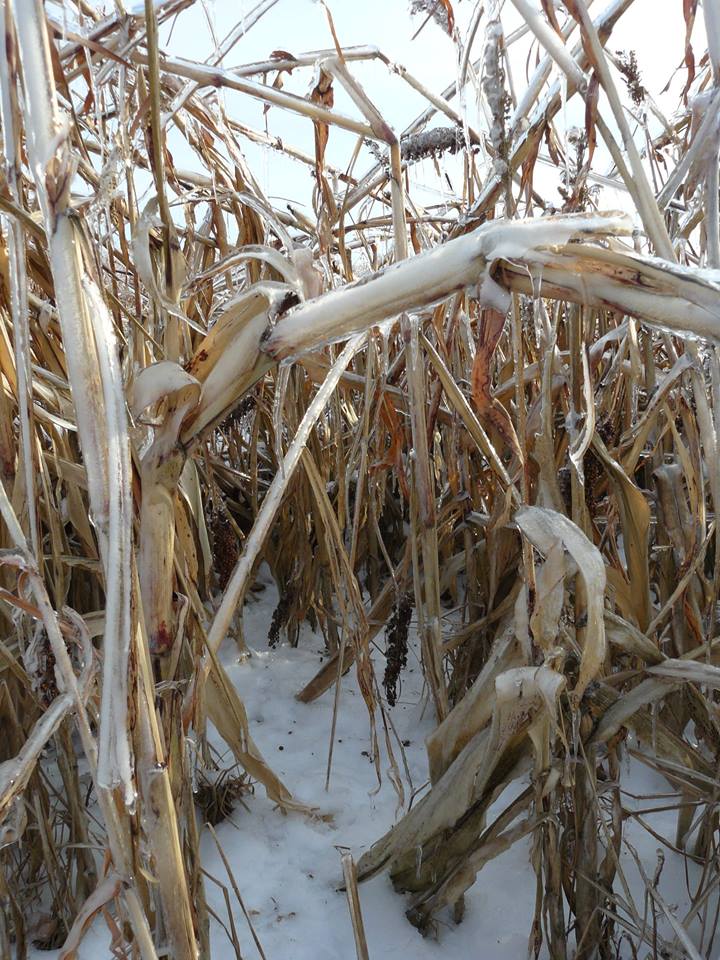
The plots, used in conjunction with other habitat components, produce healthier overall game populations and greatly assist many other wildlife species as well.
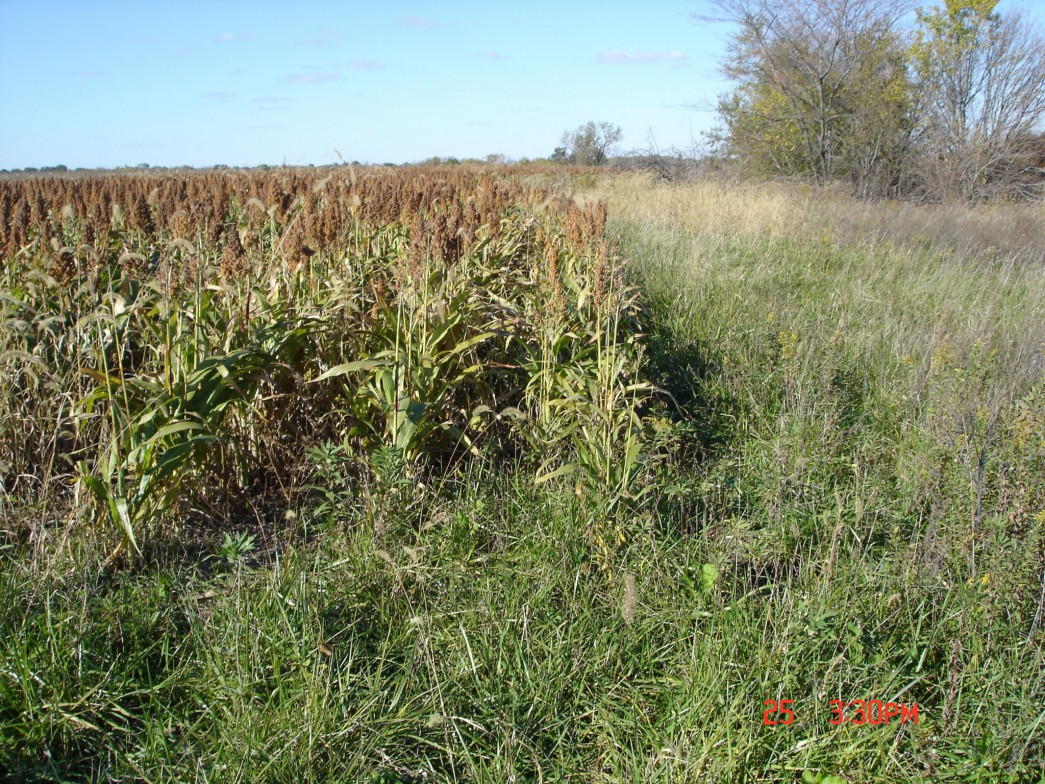
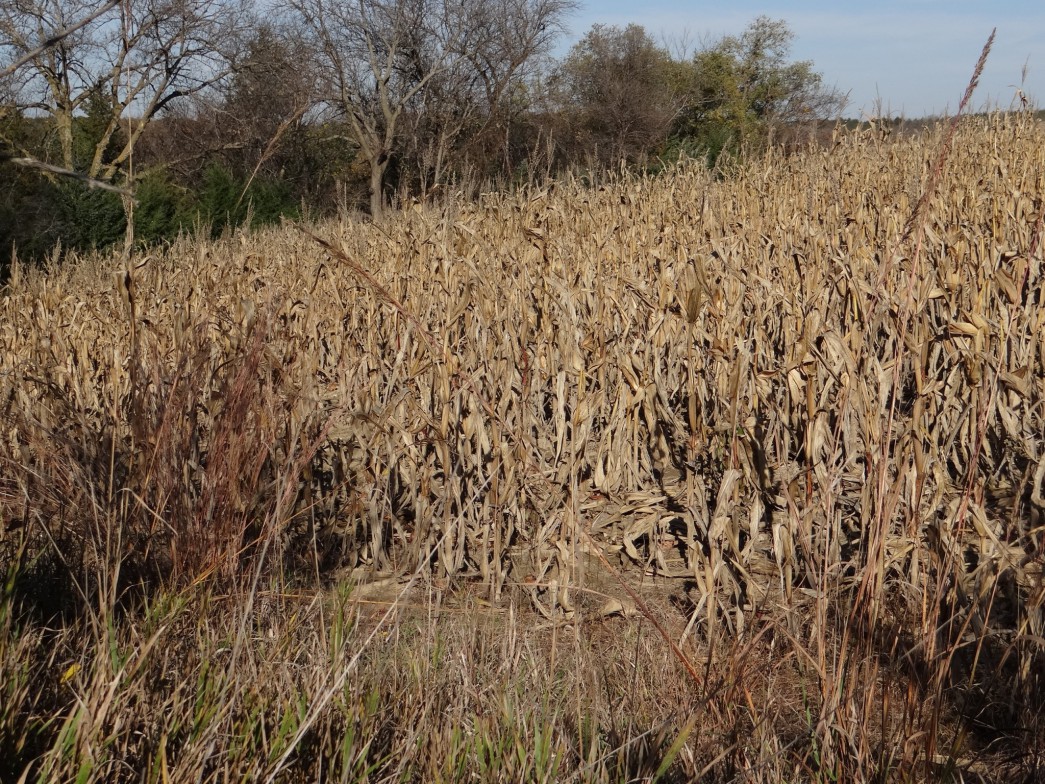
In a study done by the University of Georgia, researchers inventoried populations of invertebrates, small mammals, and songbirds in and around clover food plots located in Pennsylvania, New York, Georgia, and Tennessee. Then, they compared them with adjacent forested areas. In each location, the abundance and diversity of nongame wildlife species was greater in and around the food plots!
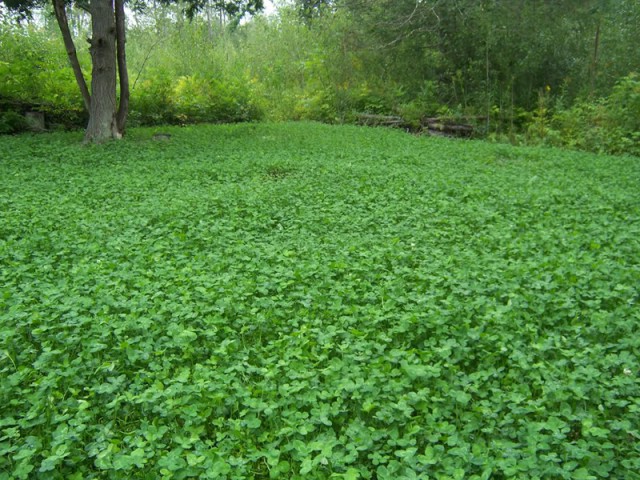
For me, planting wildlife food/cover plots on our family farm has become a passion that goes far, far beyond attracting white-tailed deer for the purposes of hunting. It is a direct link to the earth! Sometimes I find myself looking along the edges of my food/cover plots to watch other wildlife like cottontail rabbits, fox squirrels, wild turkeys, woodchucks, songbirds and various insects as they use the agricultural restaurant I have established! It is difficult for me to convey to you how gratifying it is to listen as wild turkeys announce that they are utilizing one of the plots I have planted!
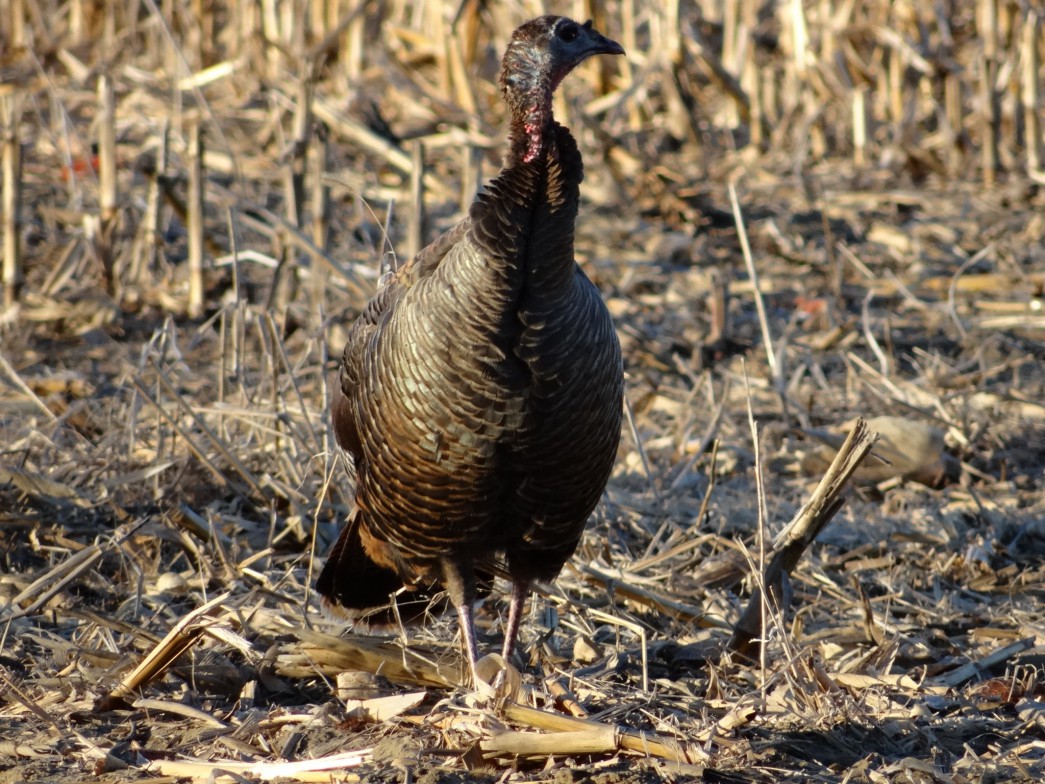
Planting wildlife food/cover plots also helps to educate and inform people who have an interest in looking for animal tracks and scat, following trails, collecting shed antlers, examining deer buck rubs, checking out freshly made deer scrapes, and observing wildlife habits and habitats. Any outdoor activity that gets folks, especially the young, involved with wildlife and nature is a great thing now, isn’t it?
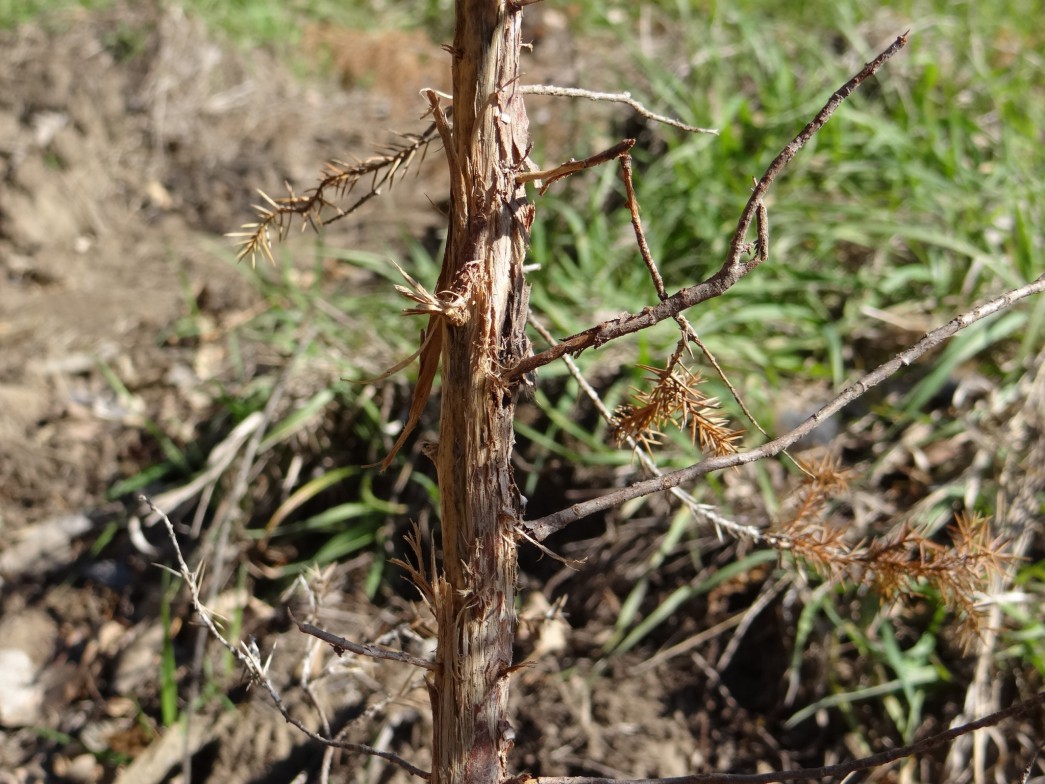
In the end, the argument regarding hunting over a wildlife food/cover plot should not be decided by factors other than what is most important – habitat, and consequently, the longstanding health of all wildlife.
Here are a few other reasons why you should consider planting a wildlife food/cover plot on the private land where you hunt, courtesy of Dusty Schelbitzki, Wildlife Biologist at the Nebraska Game and Parks Commission:
– It’s the size that matters. Consider the size of a wildlife food/cover plot with habitat surrounding it versus a small bait station a considerable, legal distance away from a hunting spot. That plot allows for better dispersion of wild animals and minimizes the chances for the spread of diseases with wildlife not having close contact with each other.
– They can help you play the wind to hunt or watch wildlife. Unlike a pile of bait, you can strategically “play the wind” and set up a hunting stand or a photo blind anywhere around the perimeter of the food/cover plot you’ve planted so that the animals are forced to come at or by you from a certain direction.
– They may lessen crop damage caused by deer and turkey. Wildlife food/cover plots create an additional source where wildlife such as deer and turkey can get their food and may lessen damage to nearby agricultural fields.
– Landowners are accepting of wildlife food/cover plots. The majority of landowners will permit the planting of these plots in hard or impossible to farm areas next to adequate cover (woodlands, wetlands, grasslands, etc.). Generally, these are smaller areas that are almost always unproductive for farming.

As hunters and stewards of the land, we must remember that we are in an environment that is connected and shared by many other creatures besides the ones we are seeking!
The Field of Dreams baseball movie quote pretty much sums it all up when it comes to considering putting wildlife food/cover plots in the ground: “If you build it (plant it), he (they) will come.”
 Nebraskaland Magazine
Nebraskaland Magazine



